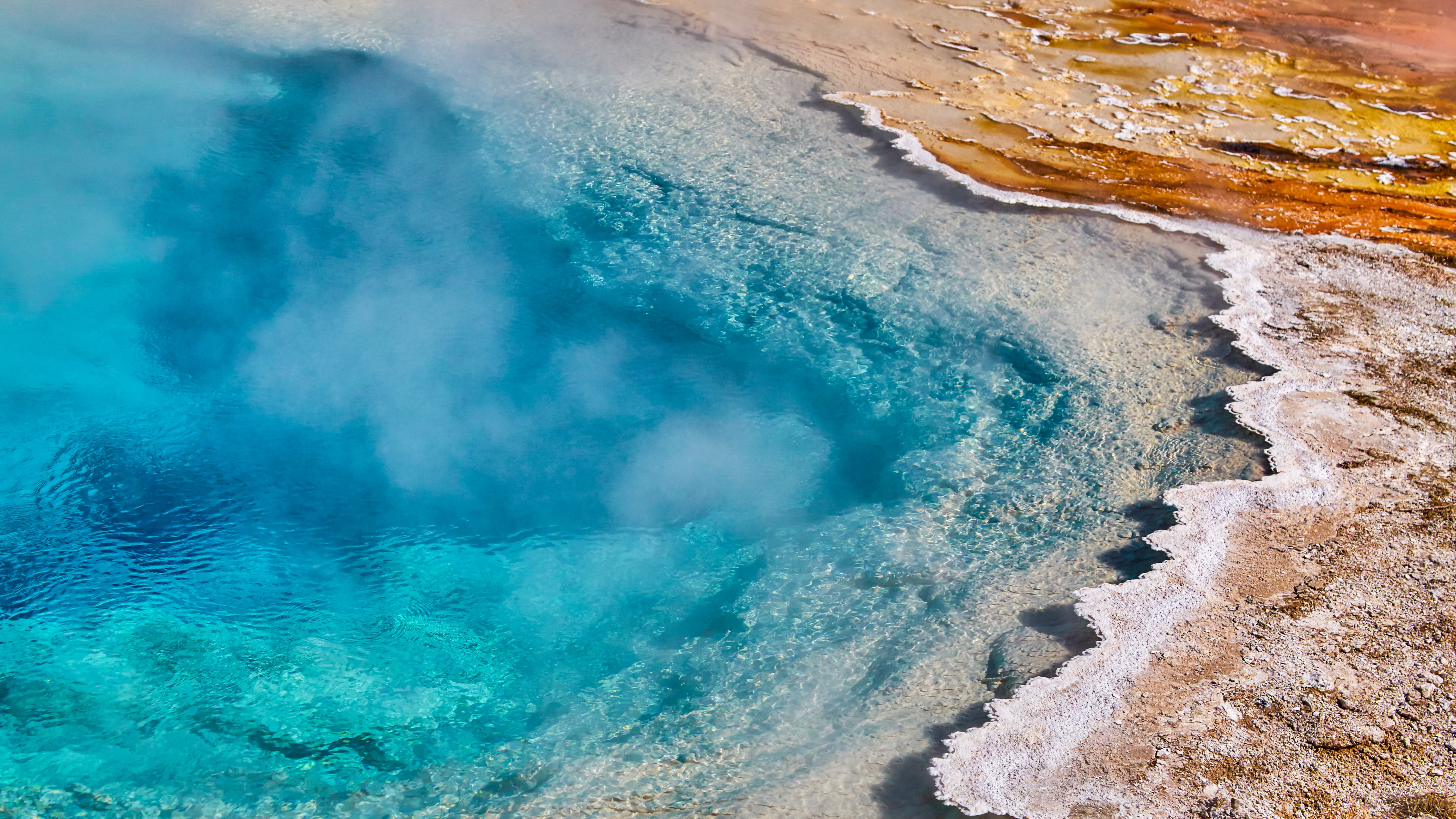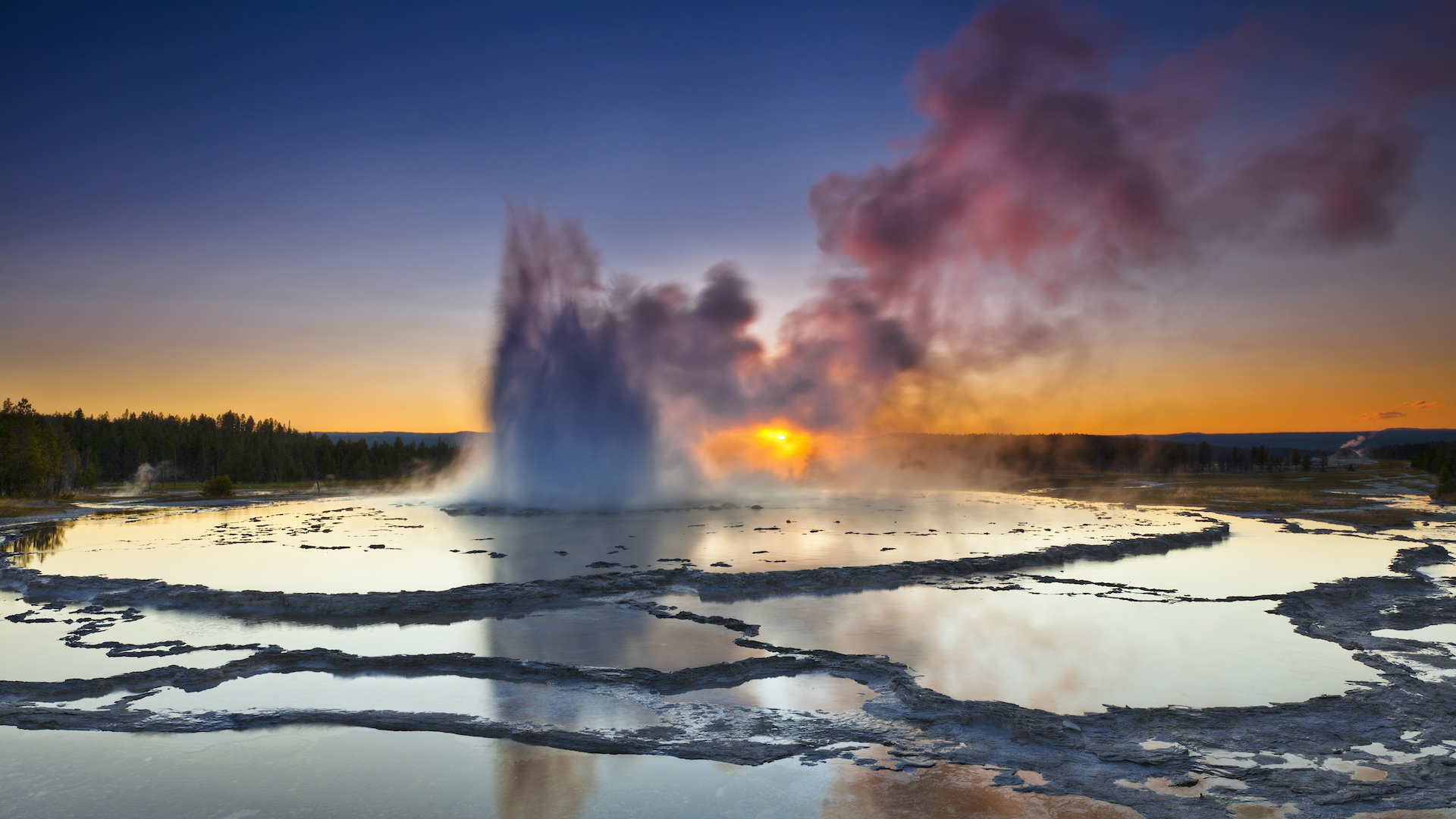
Since its inception in 1872, Yellowstone National Park has protected 2.2 million acres of cherished American land for future generations, but in doing so, it's contributing a megaton of carbon emissions every year.
A new study, published on Wednesday in PLOS, comes hot on the heels of a report on the most polluted National Parks in the country. It uses a case study approach to estimate the effects of Yellowstone's tourism – usually averaging around four million visitors a year – on the environment. Their calculations show that park tourism is responsible for 1.3 billion kg of carbon emissions each year, breaking down to 479 kg per visitor, about the weight of a male adult grizzly bear.
Approximately 90 percent of the emissions are generated by transit to and from the park; there is no public transport to Yellowstone, which means visitors must either drive or fly to an airport like Bozeman or West Yellowstone then drive.
"We know that roughly 35% of visitors flew to Yellowstone NP or the surrounding area, while 65% of visitors arrived in automobiles and did not fly," write the authors.
The remaining 10 percent comes from transit within the park, lodging and park operations.
While Yellowstone didn't appear in the top 10 list of parks with the worst air quality, it's clear there's an increasing call for all parks to clean up their act. The authors of the study use their findings to suggest some solutions, such as increasing marketing to encourage alternate travel methods such as carpooling and using park buses as well as increasing reliance on renewables and fuel efficiency. They also admit that some of these solutions lie outside the control of park officials.
"Although tourism produces substantial CO2 emissions, the scenarios we examine here show that it is possible to reduce emissions while maintaining current levels of access and visitation."

Eco hiking: how to tread lightly on the trails
While the NPS come up with some solutions to lower their impact, there are steps you can take when hiking on any trail to help take better care of the planet. Take good care of your gear to reduce your consumption, shop eco-friendly brands to begin with, cut down on driving to the trailhead and flying for active vacations, and choose less popular trails for starters. Learn more in our article on eco-friendly hiking.







